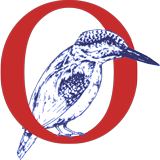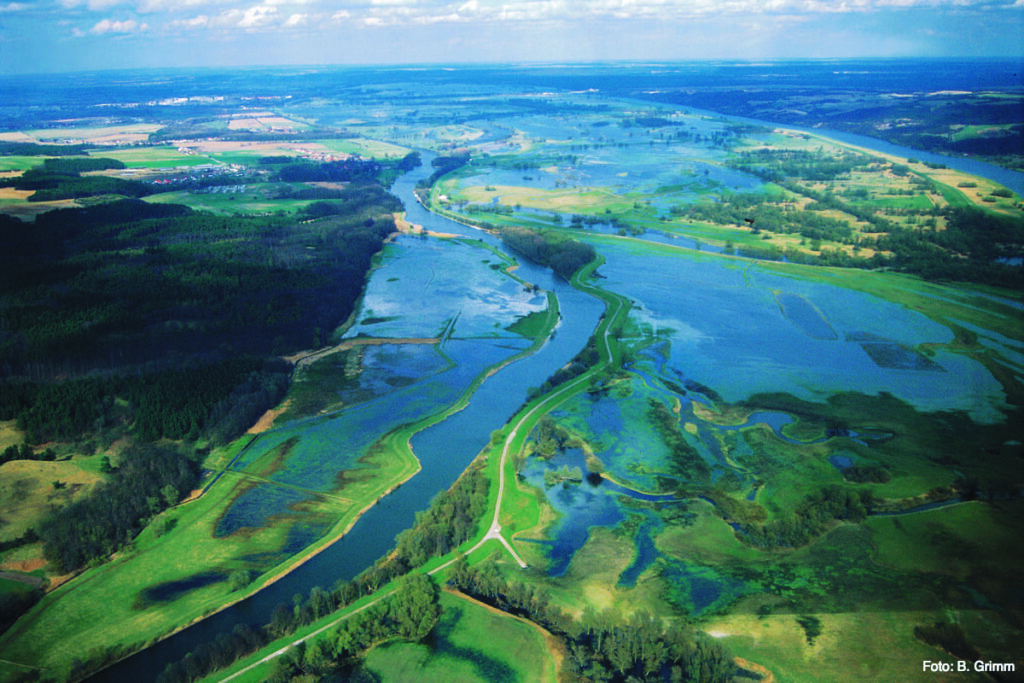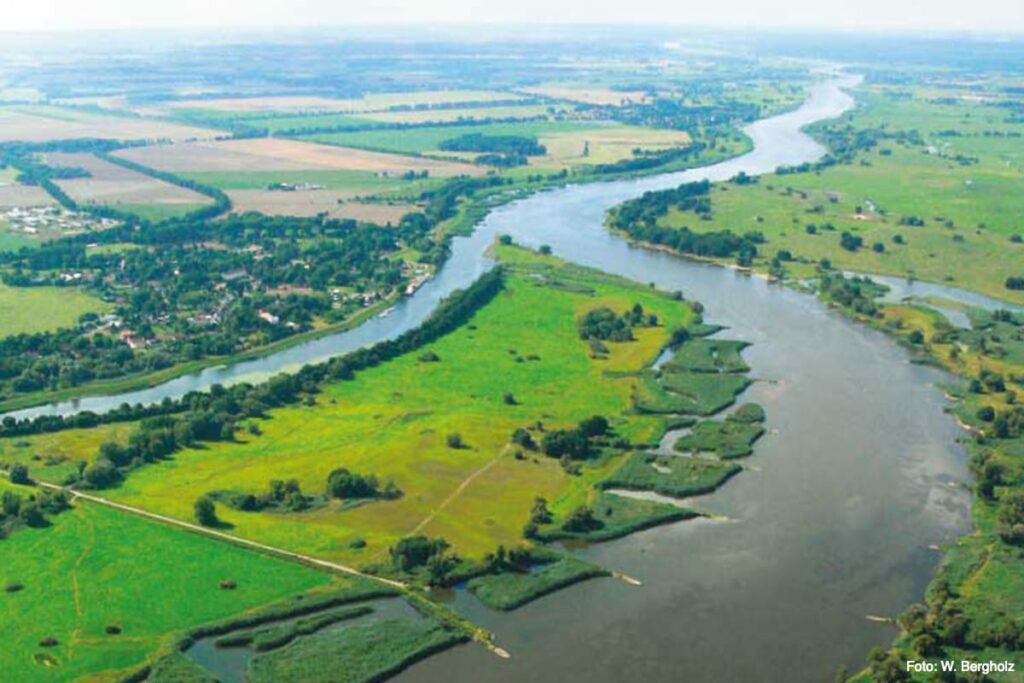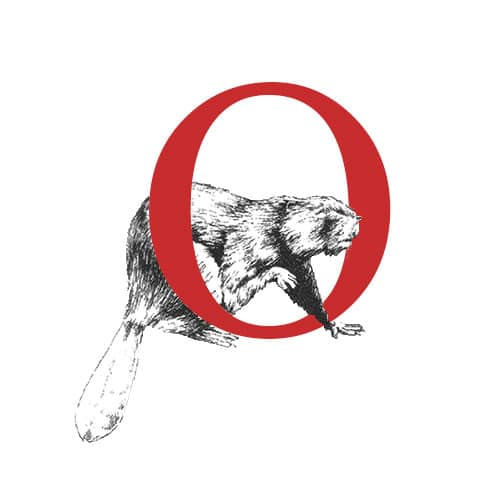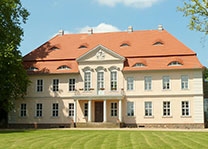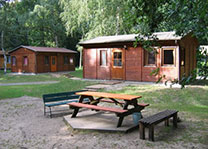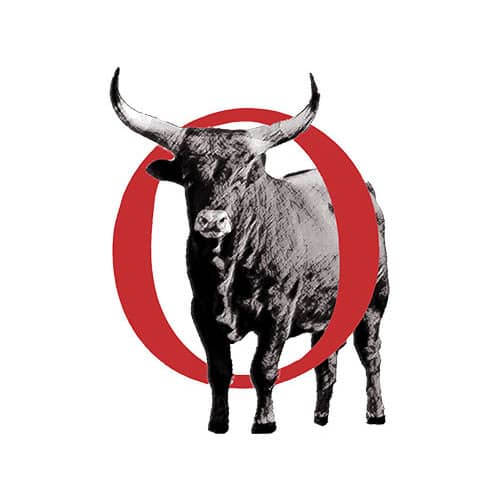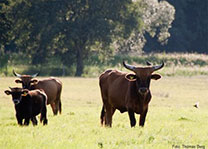Large-scale nature conservation project of nationwide representative importance (riparian strip program)
- Aerial view of the floodplain
The major nature conservation project was terminated prematurely in 2000 by the then responsible Ministry of Agriculture in Potsdam. As a result, almost half of the funds promised to the state of Brandenburg by the federal government in 1992 could no longer be called up. The responsible Brandenburg ministry now wanted to take the national park, which was founded in 1995, into its own hands and has not wanted any civic, non-profit or voluntary commitment in this area since then. The state, now ruled by the SPD and the left, should do everything on its own again. The new “Willy Brandt” airport on Brandenburg territory and other major projects in the state showed how it works.
Since then, there has been a dispute about the future development between the Brandenburg Ministry and the sponsor of the project, the National Park Association, even in court. At first the ministry tried to find another, compliant and subordinate carrier and to use it as a project carrier, which failed. Then the company land consolidation procedure ordered in 2000 should be used to concentrate the club areas acquired with subsidies, which the ministry had tried in vain to get its hands on, at least largely in the planned or already designated Zone I, i.e. in the total reserves. In the long term, the association would only have to bear costs, for example for traffic safety, water and land associations, property tax, etc., but no longer generate any income, which would be financially unacceptable for an association under private law in the long term. The head of the state administration, Dirk Treichel, even openly admitted in the press that this elimination of the national park association was the main goal of the corporate land consolidation.
Despite these unnecessary quarrels, the major nature conservation project remains a great success. Almost 6,000 hectares of predominantly well-usable agricultural land remain in the hands of an independent and efficient agency committed to nature conservation, ecological agriculture, environmental education and nature research, who can also evade strong attempts at repression by the state in the long term. Economically sound and supported by scientifically and ethically supported commitment, after the processes with which the Ministry wants to bring the National Park Association to its knees, a responsible and sensible state government will come to an appropriate balance of interests with the National Park Association.
Project goals
The project goals can be found in the grant notification dated October 6, 1992. There it says among other things
“The aim of the project is to preserve and develop the Untere Oder Valley in its entirety for the natural balance, to optimize it through unique biotope-controlling measures and to secure it in the long term through extensive land purchases”.
The main focus of the large-scale nature conservation project was initially the acquisition of the approximately 10,000 ha core area of the large-scale nature conservation project and the development of one Maintenance and development plan for the entire project area. In 1994 the association commissioned the Institute for Environmental Studies (IUS) in Heidelberg. After thorough discussions with those affected and after several revisions, the maintenance and development plan was coördinated with the BMU and the Brandenburg Ministry for the Environment, Nature Conservation and Regional Planning (MUNR) in May 1999. The association is bound to this maintenance and development plan in its further work.
- Aerial view of Kienitz on an old arm of the Oder
